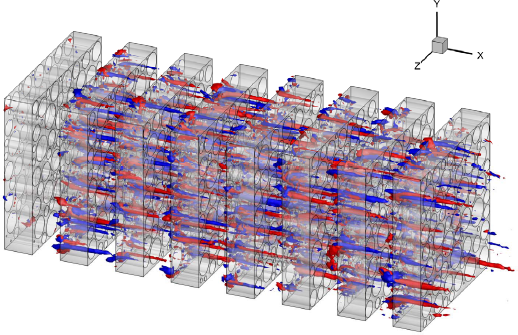Berkeley Fluids Seminar
University of California, Berkeley
Bring your lunch and enjoy learning about fluids!
October 16, 2013
Dr. Filippo Coletti (Mechanical Engineering, Stanford)
Magnetic Resonance Imaging as a tool to investigate fluid flows and scalar transport
Magnetic Resonance Imaging (MRI) is a well-established technique in the medical community, able to produce volumetric reconstructions of the human body. MRI can also be used to perform accurate velocimetry in fluid flows, thanks to the phase-sensitivity of the MR signal to motion. I will present recent applications in which 3D velocity and scalar fields are measured with high spatial resolution by MRI. Those include: contaminant injection in a cross-flow, flow through porous media, and inhalation in human airways. The advantages offered by the technique emerge: the capability of providing three-dimensional fields; the ease of dealing with complex geometries; the high data yield; and the freedom from the need of optical access. The knowledge of the three-dimensional fields allows to explore transport and mixing processes in novel ways. Properties such as entrainment rate, turbulent diffusivity, and mechanical dispersion can be evaluated. The potential for developments in environmental and biomedical engineering is discussed.

Illustration: Flow through perforated fins with random hole distribution. Isosurfaces of positive (negative) streamwise vorticity are highlighted in red (blue). Reynolds number based on mean hole diameter and inner velocity is 250. The flow is in the positive X direction.